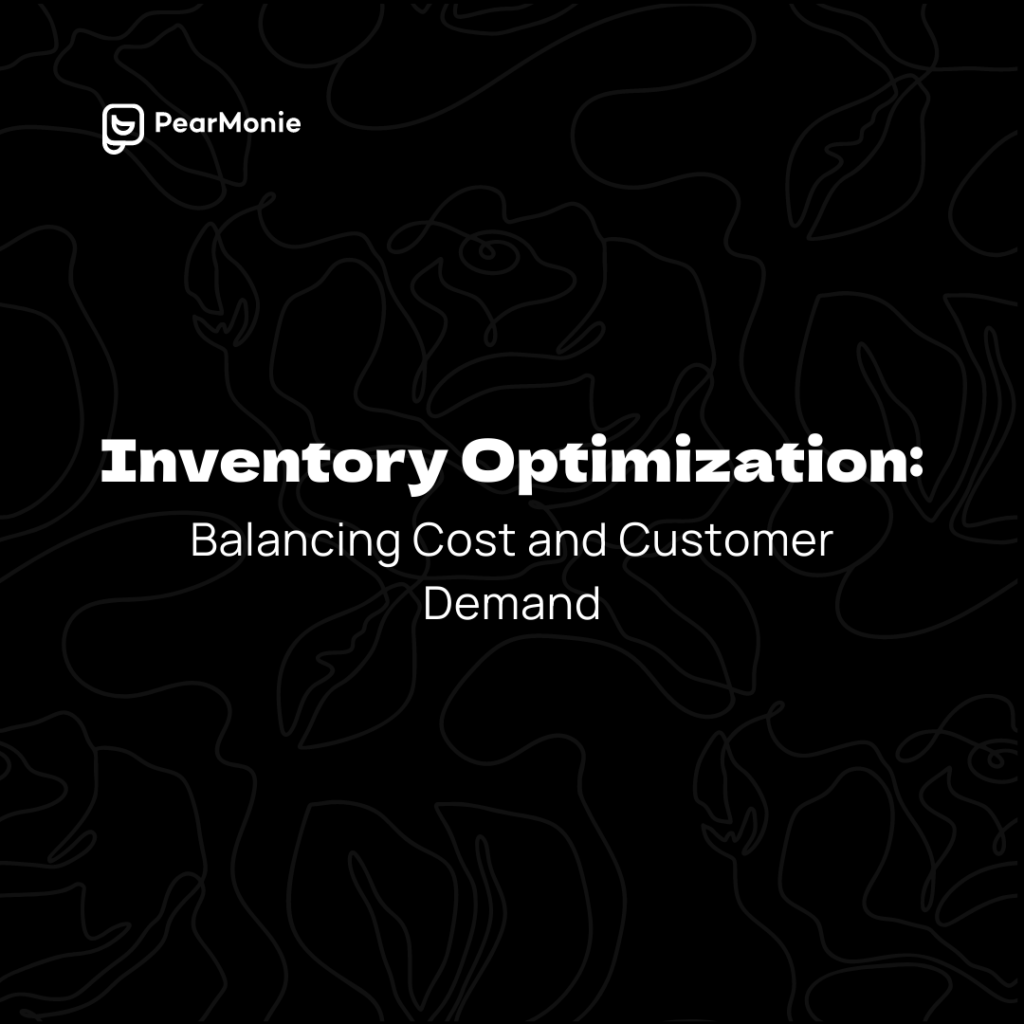When it comes to managing inventory, there is a challenge on how to strike the right balance between Balancing Cost and Customer Demand for SMEs. In this blog post, we will explore the concept of inventory optimization and provide practical tips in layman language to help businesses effectively manage their inventory levels, reduce costs, and satisfy their customers.
Understanding Inventory Optimization
Inventory optimization involves finding the sweet spot where businesses can meet customer demand while minimizing the costs associated with carrying excess inventory. It is about ensuring that you have enough stock to fulfill orders promptly, without tying up excessive capital or storage space.
Factors to Consider
- Customer Demand: Analyzing historical sales data and market trends can help you understand your customers’ preferences and predict future demand more accurately. This information allows you to stock the right quantity of products, preventing stockouts and lost sales.
- Lead Time: Consider the time it takes for suppliers to deliver goods once an order is placed. By factoring in lead time, you can adjust your inventory levels to ensure a seamless flow of goods and avoid costly delays.
- Cost of Carrying Inventory: Inventory comes with costs, such as storage fees, insurance, and the risk of obsolescence. Assessing these costs and finding ways to minimize them can significantly impact your bottom line. Optimizing inventory levels can help reduce carrying costs while ensuring timely order fulfillment.
Tips for Effective Inventory Optimization
- Implement Demand Forecasting: Use historical sales data and market trends to forecast future demand accurately. This will enable you to adjust inventory levels accordingly, ensuring you have enough stock to meet customer needs.
- Adopt Just-in-Time (JIT) Approach: JIT inventory management involves ordering inventory to arrive just in time for production or customer delivery. By minimizing inventory on hand, you can reduce carrying costs and improve cash flow.
- Embrace Technology: Leverage inventory management software and tools that provide real-time insights into stock levels, sales trends, and customer demand. This data-driven approach empowers you to make informed decisions and optimize your inventory.
- Establish Strong Supplier Relationships: Building strong relationships with suppliers can lead to better lead times, reliable delivery, and potentially cost savings. Collaborate closely with your suppliers to ensure a seamless supply chain and timely replenishment of stock.
- Regularly Review and Adjust: Continuously monitor and evaluate your inventory performance. Regularly assess your stock levels, identify slow-moving items, and take necessary actions, such as discounts or promotions, to clear excess inventory.
Conclusion
Achieving inventory optimization is essential in Balancing Cost and Customer Demand for SMEs. By understanding your customers’ needs, forecasting demand, adopting JIT practices, leveraging technology, nurturing supplier relationships, and regularly reviewing your inventory levels, you can strike the right balance. Effective inventory optimization helps minimize costs, improve cash flow, and ensure timely order fulfillment, leading to satisfied customers and a more profitable business
